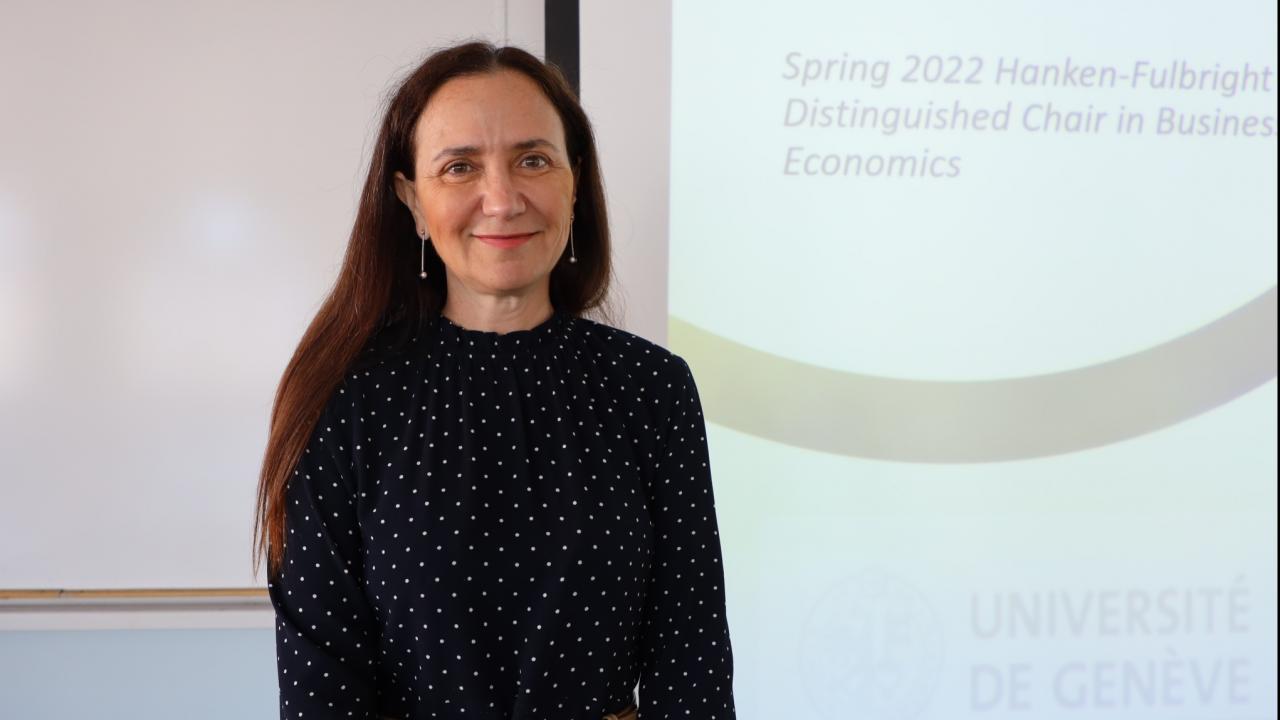Professor Irene Calboli: “A certification label on a product is not enough, we always need to dig deeper”

In her presentation Professor Calboli addressed the topic of certifications on for example food and beverages, and the certifications’ ability to increase transparency along the supply chain and to promote sustainable development.
“A certification label on a product is not enough, we always need to dig deeper; what kind of product is this, what is it made of and where. The younger people nowadays study the products and the symbols more, they are generally more aware of what the products should and should not contain, which puts more pressure on the governments and companies”, says professor Calboli.
“But the average consumer usually has no idea and might not even care”, she continues.
Professor Calboli mentions the Finnish Key Flag Symbol as an example.
“In order to get the Finnish Key Flag, the domestic content in a product must be at least 50 percent. How many consumers know that it doesn´t have to be more than that”, professor Calboli asks.
Another example is the label Made in Italy.
“It´s a very valuable brand but this doesn’t mean that the product has to be 100 percent made in Italy. Italy doesn’t, for example, produce textiles anymore but the garment with that label can be designed and sewn in Italy.”
What´s behind the red and blue label?
In EU some food and drinks are protected by geographical indication schemes Opens in new window . The schemes protect the name of a product that comes from a specific region, like Parma ham, Feta cheese or Lapin Puikula.
The geographical indications include protected geographical indications, which is a blue label, and protected designations of origins, which is a red label. But the average consumer will most likely not know exactly what´s behind the labels.
“The red label means that almost all ingredients come from and is made in a certain region. The blue label means that one stage of the production process must take place in the region”, professor Calboli explains.
In her research, professor Calboli has noticed that Finland has a tradition of sustainability that runs deep.
“People have a stronger ethical conscience here in Finland compared to many other places. The government shows a clear desire to regulate the certifications and you tend to certify the products more accurately than in other parts of the world.”
Transparency is crucial
Overall, the consumers have to be aware of greenwashing, when companies try to appear more environmentally friendly than they actually are.
“Sustainability is the latest buzz, everybody wants to be ‘green and sustainable’, and we can see green labels everywhere. The consumers can feel good about themselves when buying ecological products, although the products might not even be that eco-friendly. Information and transparency is crucial, every consumer should know exactly what they are buying. To achieve this, we need a mix of legislation and self-regulation”, professor Calboli concludes.
Professor Irene Calboli from Texas A&M University School of Law is visiting Hanken as a Hanken-Fulbright Distinguished Chair in Business and Economics until 10 July 2022. Opens in new window
Text & photo: Jessica Gustafsson

